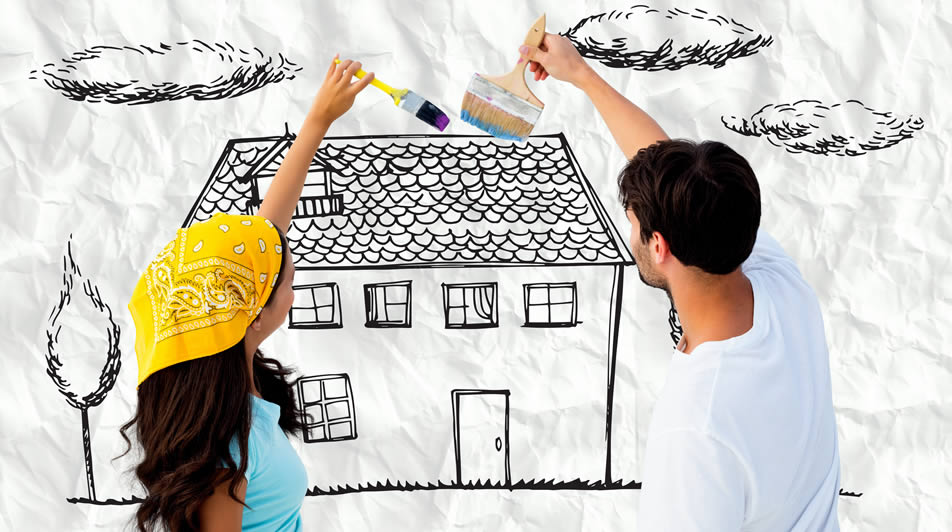In the first part of our article, we saw how young singles and couples can borrow more to invest in high growth properties. In this article, we look at how to build a strong property portfolio while you're busy starting a family or when you’re closer to retirement.
Family Stage
Once you start a family, your lifestyle and priority will likely shift towards the needs of the kids. There are many costs and commitments to factor in, and you will need to have a decent reserve of cash to cover the daily expenses as well as unplanned emergencies. You will also be very busy with family responsibilities and you will naturally want to spend more time with your kids, so you don't want to be holding properties that will put a drain on your finances.
One way to make sure that you can afford to hold your property long term is to apply for a fixed rate home loan with the interest fixed for a certain period with an offset feature. By keeping your money in an offset account, rather than paying down debt, you'll have funds available for family emergencies.
It's important that any property that you purchase today to add to your portfolio should be neutral to positive cash flow properties, with a long term view of holding it for the next 10 years or longer.
Mature Stage
Once people reach 50 years of age, they are generally at a stage in life where the kids have left home, or their children are no longer dependent on them for financial support. Some people may have had a rocky journey and reach this stage in life with their family home as their only asset, while others may have saved up lots of cash along the way.
Many people have a mid-life property crisis at this stage in life - they worry and think that they've only got 10-15 years left in their career before their retirement. But all is not lost! At this stage in their working life, most are at the peak of their career and earning potential, and many of these people will have paid down a decent chunk off their mortgage.
At this stage in life, if you hold a property that has had good growth, but that is negatively geared, you should continue to hold them if this option is sustainable. It's important that you target areas with good capital growth and cash flow so that you are not tied down to your job when you retire.
Once you reach retirement age, income producing property is of paramount importance. This is the stage where most people review their portfolio with the view to selling down under-performing properties. You can increase your cash flow by taking out a construction loan to renovate or extend your properties potential - i.e. to add a garage or additional rooms. Before you offload your properties, make sure that you see your accountant as there may be a hefty capital gains tax implication.
At this stage in life, the best approach is to increase your cash flow by buying into areas which have good cash flow of 7 to 8 per cent yield. You will find areas such as Tasmania, Brisbane South and many regional towns in Australia that offers excellent cash flow.
You can also target properties with granny flats or that are built for duel living and rent them out together or separately. With dual living homes you can sometimes get as much as 10 per cent yield.

